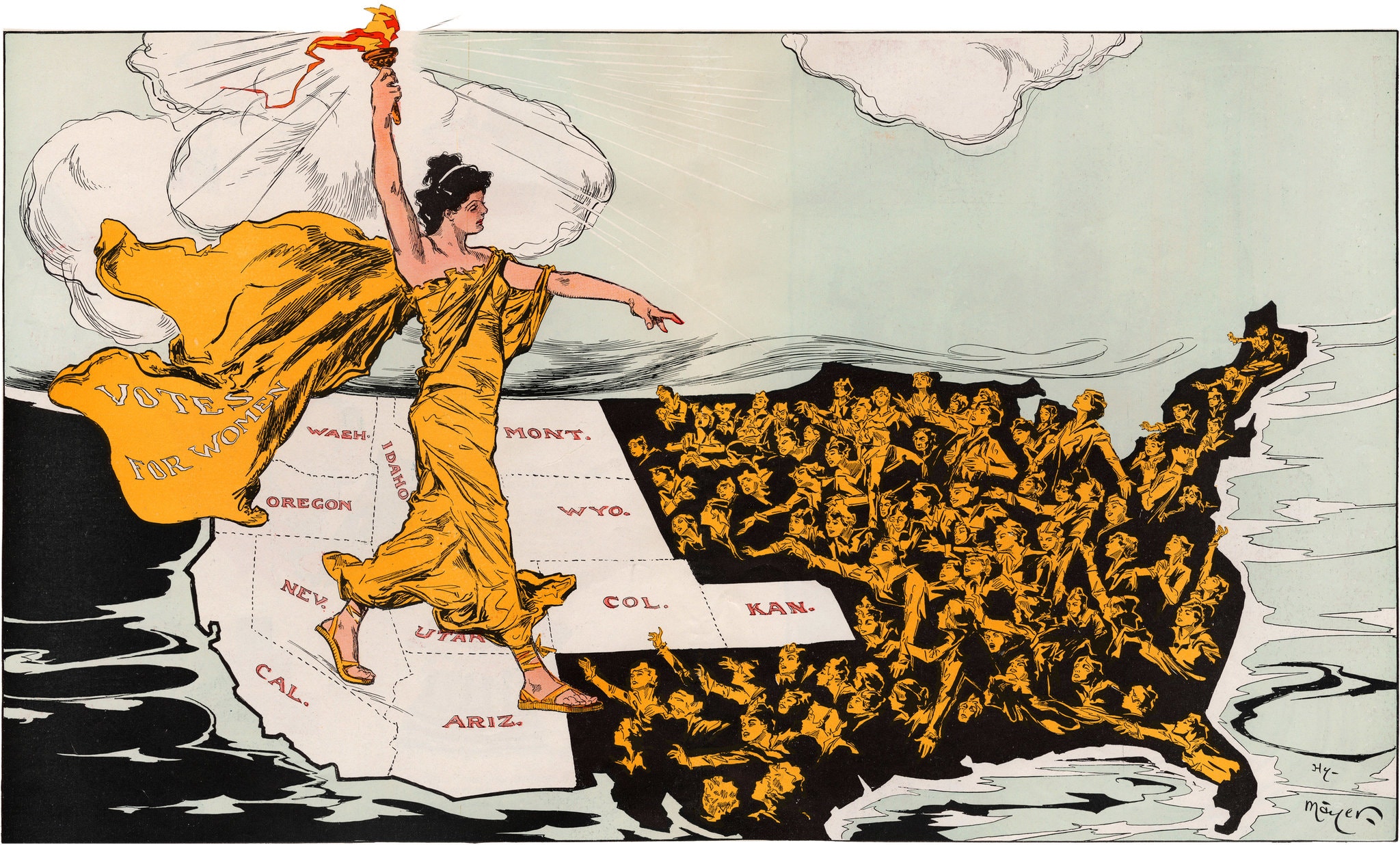This year we are celebrating 100th anniversary of the ratification of the 19th Amendment that constitutionally guarantees the right to vote for women. It is a proud milestone for women, but not for all women. The ratification of the 19th Amendment effectively excluded African American, Native American, Latina, and Asian American women.
To understand the full meaning of the 19th Amendment, we have to go back to the 15th Amendment, which was ratified in 1870. That amendment prohibited any state from denying the right to vote based on the color of a man’s skin. That’s right, the still unfulfilled 15th Amendment focused on the right to vote for men, not women.
The nascent women’s suffrage movement mobilized to ensure women’s right to vote. The movement, culminating in the 19th Amendment, focused on the right of white women to vote with the rationale that white men and women in the southern states would not work for the suffrage of all women. If the women’s suffrage movement was inclusive, most leaders feared there would be little hope for a constitutional amendment.
The exclusion of women of color made it nearly impossible to form effective alliances of all women to achieve the vote. Though national women’s organizations were theoretically sympathetic to the voices of black women, women’s suffrage groups working with their state organizations often systematically excluded African American women from participation.
But black women, including leaders such as Mary Church Terrell, continued to fight for suffrage for all. They aligned with other groups, including the NAACP, to insist that the voting franchise be extended to all Americans. That fight culminated in the groundbreaking Voting Rights Act of 1965. The legislation enshrined in law the protection of voting rights for all Americans.
We celebrate the accomplishments of 1920 and 1965 knowing that we continue to face real challenges to fulfill the dream of universal suffrage. Chipping away at the provisions of the Voting Rights Act and instigating routine voter suppression threaten the rights generations have worked so hard to achieve.
The right to vote is sacred. Make sure you exercise that right by registering to vote, (the deadline to register is 21 days prior to Election Day) and VOTING on November 3, 2020.
Learn More About the Women Leaders for the Movement
THE LONG BATTLE FOR WOMEN’S SUFFRAGE – https://www.smithsonianmag.com/smithsonian-institution/long-battle-womens-suffrage-180971637/
WHAT 100 YEARS OF WOMEN’S SUFFRAGE LOOKS LIKE THROUGH THE EYES OF 100 WOMEN ARTISTS – https://www.smithsonianmag.com/arts-culture/she-votes-how-us-women-won-suffrage-and-what-happened-next-180975541
US Women’s Suffrage Timeline 1648 to 2016 – https://www.nps.gov/articles/us-suffrage-timeline-1648-to-2016.htm
For Black Suffragists, the Lens Was a Mighty Sword – https://www.nytimes.com/2020/08/12/arts/19th-amendment-black-womens-suffrage-photos.html
Photo: The image is a 1915 illustration by Henry Mayer called “The Awakening” found at Cornell University: The PJ Mode Collection of Persuasive Cartography.






